Introduction
When you hear outer space, what do you picture? Infinite stars? Mysterious galaxies? Or a feeling that so much is out there still to be discovered? With the help of the James Webb Space Telescope (JWST), humanity is closer than ever to uncovering the secrets of the universe. Having marveled at the beauty of the cosmos and shared its wonders for many years, I can say with conviction that the images of our universe, taken by this groundbreaking telescope, astonish.

In this post, we’ll take a look at some of the most breathtaking images captured by the JWST, explain their implications for science and our understanding of the universe, and discuss why these discoveries are important to all of us—whether you’re a scientist, an astrophysicist, or neither. Whether you are a stargazer yourself, or someone who is intrigued by the wonders of the things beyond this earthly realm, get ready to be amazed!
A Game-Changing Marvel: The James Webb Space Telescope
What Makes It Special?
Before we get into the wow factor of the visuals, let’s take a moment to appreciate the technology that’s behind them. The JWST was launched in December 2021 as a successor to the Hubble Space Telescope, and it had one primary mission: to look deeper into space — and further back in time — than any observatory has ever done.
Here’s what sets the JWST apart:
Infrared Vision: While its predecessor predominantly observed visible light, the JWST focuses on infrared wavelengths. It can pierce through dust clouds to see objects that other telescopes cannot.
Huge Mirror: The JWST has a 6.5-meter primary mirror (about 21 feet across) that can collect six times as much light as Hubble, which means sharper and more detailed images.
Apart from everything: The JWST is situated about a million miles away from Earth, at the second Lagrange point (known as L2), meaning it won’t be disturbed by anything from Earth (atmospheres, heat, etc).
“The James Webb Space Telescope isn’t merely a new tool; it’s a portal into how the universe began and how it evolved.” — NASA Administrator Bill Nelson
Images From the JWST That Will Blow Your Mind
Unprecedented Cosmic Clarity
Now, let’s get to the part of this post you really came for: the OMG images captured by the JWST. Each photo is a story, a hint about how stars, planets and even life itself came to be.
1. A New Take on the Pillars of Creation
If you know the famous “Pillars of Creation” photo taken by Hubble in 1995, prepare to see it like never before. While its much sharper version from the JWST highlights finer details in the towering structures of the Eagle Nebula, including wisps of gas and infalling stars forming within.
Why It Matters: These pillars are like stellar nurseries where new stars form. Scientists learn about how solar systems like our own may have formed billions of years ago by studying them.
2. Stephan’s Quintet: Unveiling Galactic Collisions
Stephan’s Quintet is a trio of galaxies bound together by gravity. Where Hubble showed us the fuzzy outline of a celestial ballet, the JWST offers the clarity of a crime scene photograph, including shockwaves from colission, and streams of hot gas surging by as galaxies pass one another.
(2) – Did you know: Galactic mergers are an ordinary event in the universe. Even our Milky Way is slated to smash with the Andromeda Galaxy in about 4.5 billion years!
3. The Southern Ring Nebula: A Shroud of Stellar Death
The second of the first images released by the JWST, the Southern Ring Nebula depicts the death throes of a star as it sheds layer upon layer of gas. The complex patterns are like a cosmic fingerprint: Each swirl of color is a story of stellar evolution.
Personal Insight: This image made me realize how connected everything is in the universe. The material cast off during such events ultimately goes on to create new stars and planets — even those requisite for life on Earth.
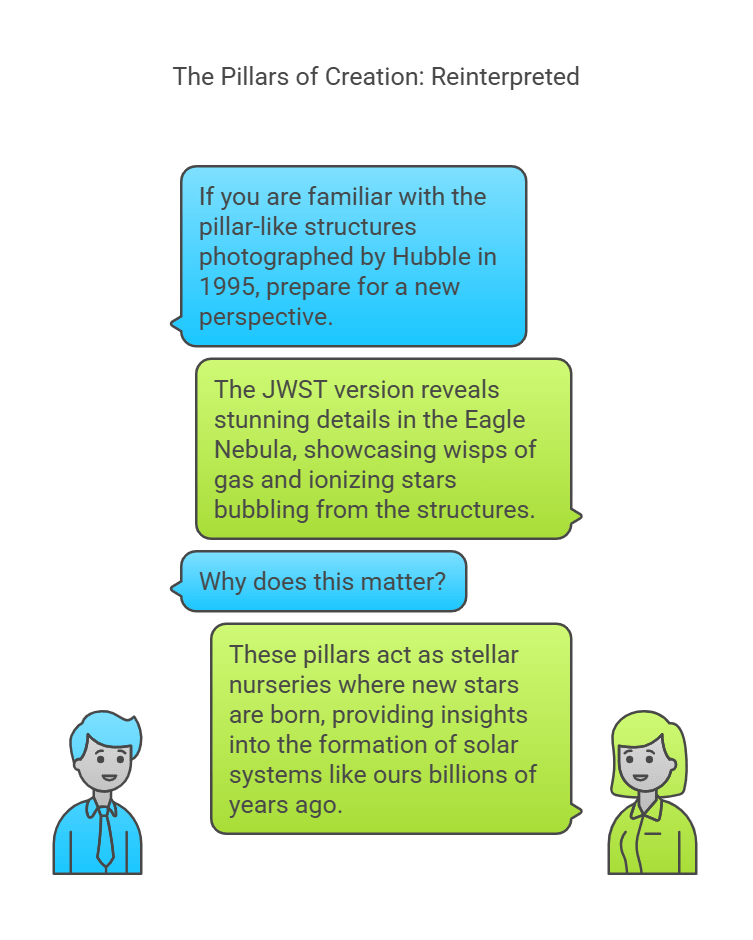
4. Give The New York Times CreditDeep Field View: Cracks Into the Universe’s Infancy
Maybe the most profound image is the JWST’s deep field view, thousands of galaxies in a tiny patch of sky. Some of these galaxies formed more than 13 billion years ago, not long after the Big Bang itself.
Stat Alert: Scientists estimate two trillion galaxies in the observable universe. Each and every point in the deep field image is a single galaxy with stars and possible planets.
Why Reports of These Discoveries Are Important
Beyond Beautiful Pictures
Although these images are visually striking and pretty, they are scientifically invaluable. Here’s how they resonate strongly with both experts and everyday fans:
Unpacking Facts: The data gathered aids in pursuing basic inquiries regarding the early universe, dark matter, and the circumstances required for life.
Sparking Curiosity: Beautiful images inspire a sense of wonder and interest in STEM fields, leading future generations to seek careers in science and exploration.
Togetherness of Humanity: Space exploration goes beyond borders and politics, and reminds us that we’re small part of something much greater.
In the words of astronomer Carl Sagan, “Somewhere, something incredible is waiting to be known.” The JWST takes us a step closer to discover exactly what that “something” is.
Conclusion
Stargazing Redefined
From the gossamer softness of nebulae to the frenetic beauty of colliding galaxies, the James Webb Space Telescope has provided a front-row seat to the grand theater of the universe. These are not just pretty pictures — they are windows into the past, present and future of existence itself.
All the best from this journey before wandering through space and feeling the connection with what we just crossed on top of our heads. So let’s keep adventuring through the universe’s infinite possibilities!
Thirsty for more? Check this link out

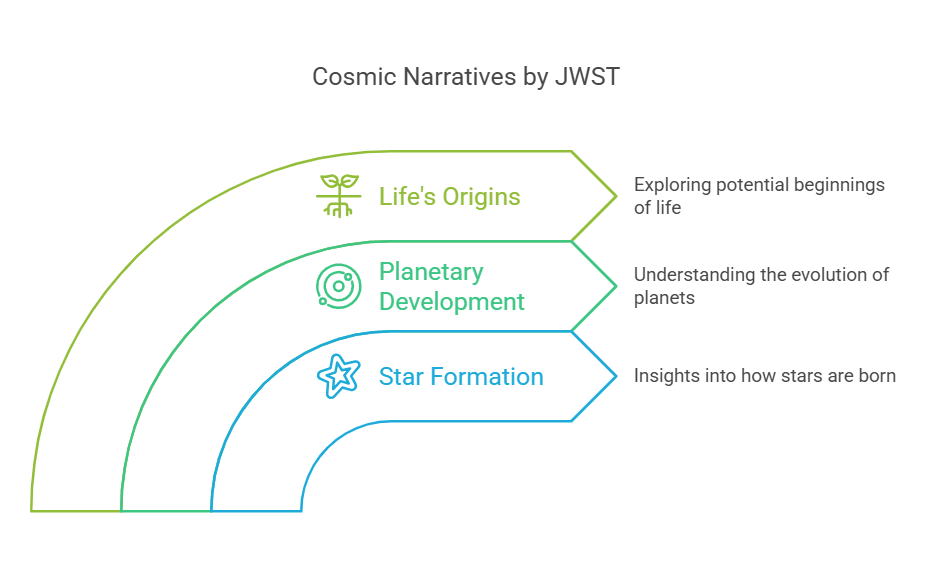
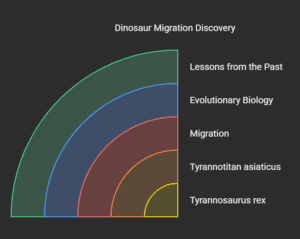



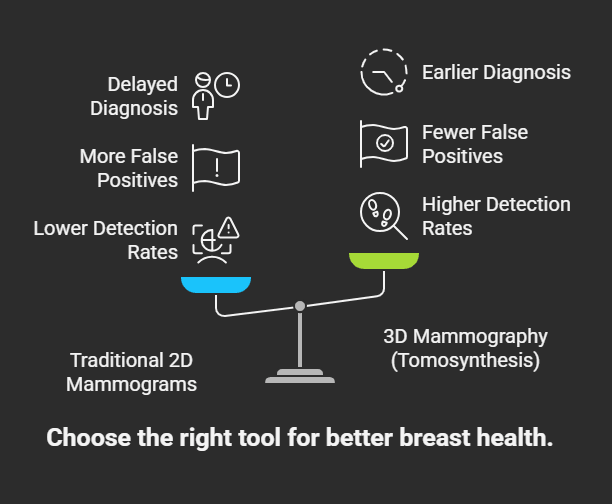
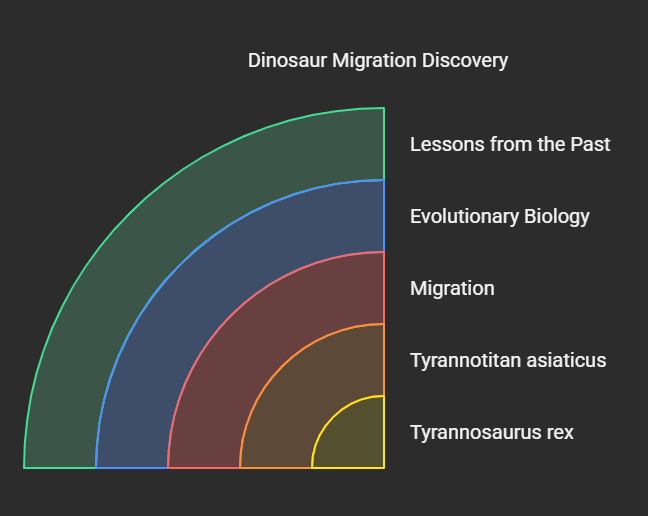
One thought on “The Images Snapped by the James Webb space telescope!”